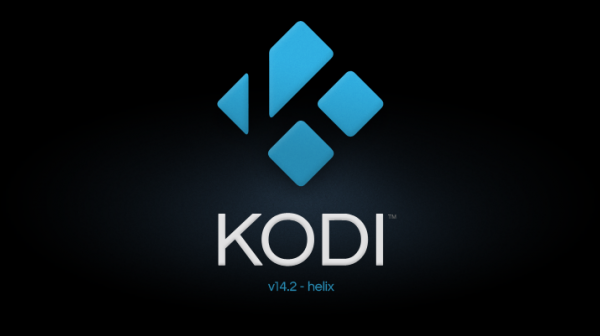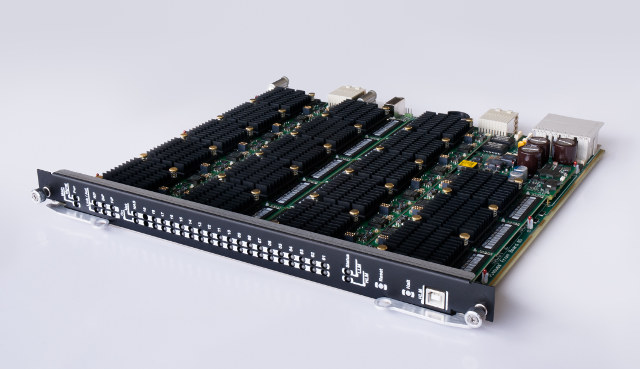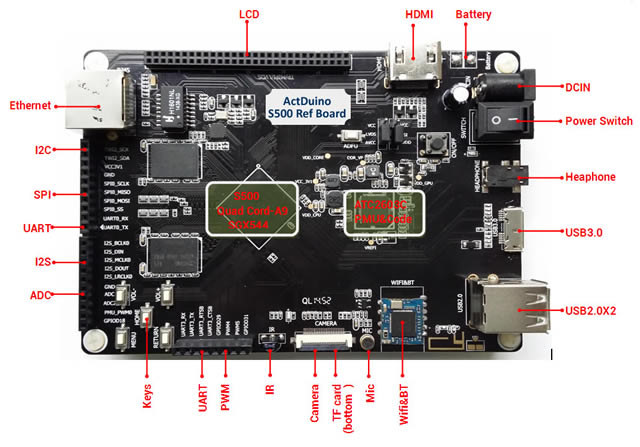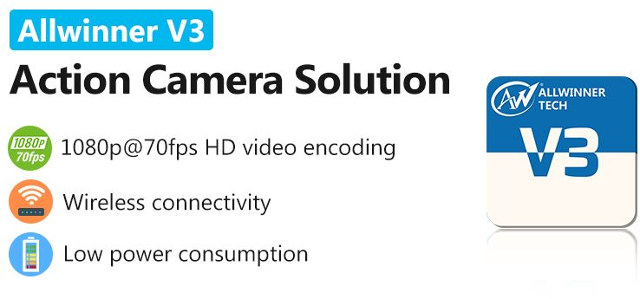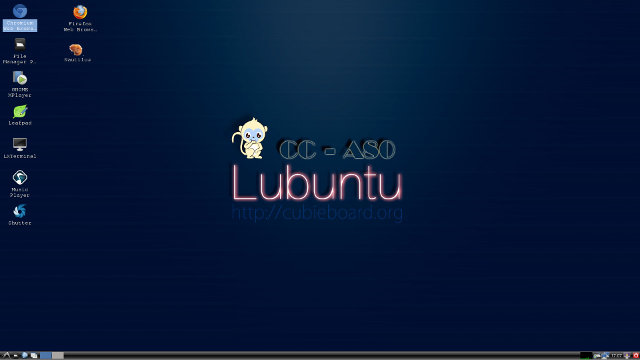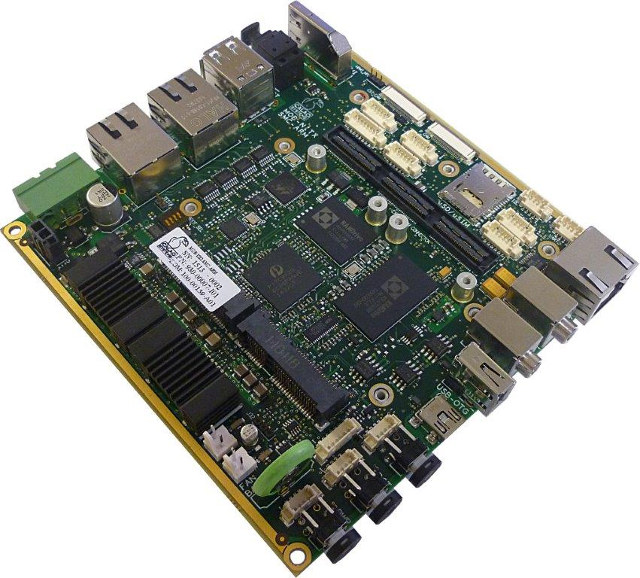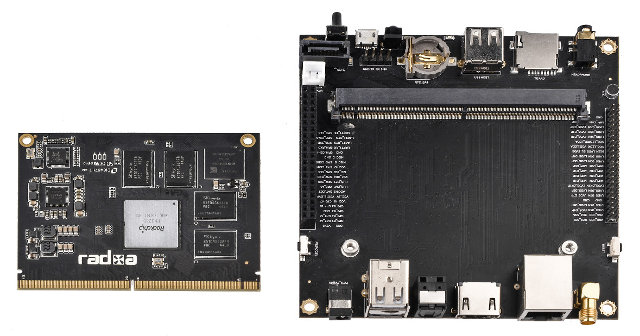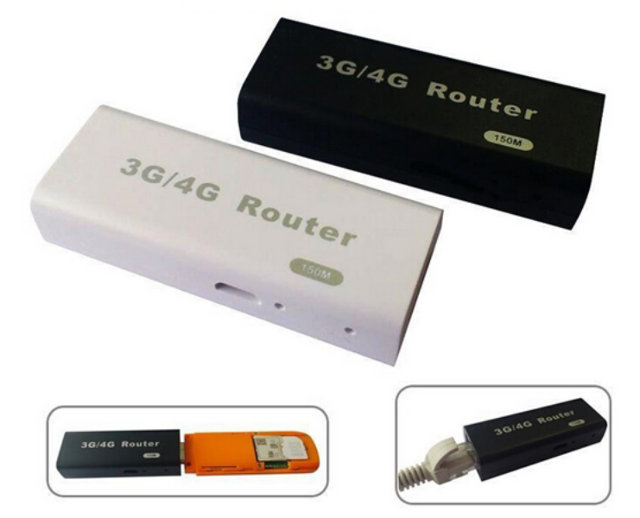Kodi developers have recently announced two release for Kodi: the stable version of Kodi 14.2 Helix, which should be the last Kodi 14 release, and Kodi 15 Alpha 2 Isengard with some interesting new features. Since Kodi 14.2 is a minor release, no new features have been added, but they fixed several bugs: Application stopped responding on Windows Gap-less playback on MP3 Playback of rtmp protocol Scanning of newly added episodes Fix multipath source scanning Loading external subtitles in some cases packaging of PIL module on Android. This fixes some script error when using weather add-on Fix video playback on all platform after refresh rate change Various bugs that were present in PVR add-ons. Save weather location Fix filtering of foreign add-ons ftps handling Use LastWrite instead of ChangeTime for file system on Windows As usual, you can download the release via Kodi download page for Windows, Linux. Mac OS […]
Scaleway Provides Dedicated ARM Servers for 10 Euros per Month, 0.02 Euro per Hour
Earlier this year, Online Labs launched a beta hosting program using custom-designed C1 dedicated servers powered by Marvell Armada 370/XP quad core processor. The company has now launched a commercial service called Scaleway providing hosting service on these baremetal servers for 9.99 Euros per month, or 0.02 Euro per hour, as well as a “Infinite Storage” service with 1GB data for 0.02 Euros per month. Here are the details of the 10 Euros plan: Server based on Marvell Armada 370/XP quad core ARMv7 processor Memory – 2GB Memory Storage – 50GB SSD Disk 1x Reserved public IPv4 200Mbit/s – Unmetered bandwith Operating Systems – Ubuntu, Debian, Fedora, ArchLinux ARM. Docker supported. That’s not a VPS, but a dedicated server. For reference, I currently pay around $20 per month (Linode) for a server with an Intel Xeon E5-2680 dual core processor with 2 GB RAM and 50 GB SSD storage, and 3 […]
ActDuino S500 Development Board Features Actions Semi S500 Quad Core Processor
Actions Technology is a subsidiary of Actions Semiconductor SoC vendor, that makes solutions based on Actions Semi SoCs, and recently joined Linaro. The company is said to focus on “focuses on solutions for smart handheld and smart home devices. Its main products are tablet, over-the-Top (“OTT”) set-top boxes and Bluetooth enabled boombox solutions, along with total product and technology solutions based on the Android platform”. We already know it will soon release a 96Boards compliant board, but in the meantime, the company has officially launched Actduino S500 development board powered by a new S500 quad core Cortex A9 processor. I actually found out about this board on ARMDevices.net last October, and sent an email asking for information to the company, but I have not received an email yet after 6 months… At the time, the processor was called ATM7059, but now it’s S500, and it’s unclear if they just renamed […]
Allwinner V3 SoC Targets 1080p60 Action Cameras, Supports Linux or Camdroid OS
I’ve previously written about Allwinner V10 and V15 SoC for video applications such as cameras, digital video recorder, and so on. So far, I’ve not found devices based on these, but Allwinner already announced another V-series processor with Allwinner V3 designed for Action camera recording up to 1080p resolution at 70 frames per second. Key specifications are listed below: CPU – ARM Cortex-A7 @1.2GHz Memory 16-bit DDR3/LPDDR3/DDR3L SDRAM controller, up to 1333Mbps 16-bit DDR2 up to 800Mbps, 16-bit LPDDR2 up to 1066Mbps up to 2GB RAM Video / Picture Up to 1080p@60fps or 2-channel 1080p@30fps H.264 video encoding 8M JPEG encoding H.264 1080p@60fps decoding, MJPEG 1080@30fps decoding Integrated ISP up to 8M pixels (HawkView ISP) 2 channel outputs for display and encoding respectively Supports various input and output formats Supports AE/AF/AWB Saturation adjustment, 2D/3D noise reduction, defect pixel correction, and distortion correction Audio Codec Integrated 92dB audio codec 2x ADC […]
Cubieboard 4 Ubuntu Review – Setup, Usability, and Performance
Cubieboard4 is a development board powered by Allwinner A80 octa-core processor with 2GB RAM and 16GB eMMC. I’ve already shown how to get started with the board using the pre-installed Android 4.4 image, and run some benchmarks in Android, so now it’s time to check out the Ubuntu Linaro 14.04 image provided by CubieTech. I’ll show how to install and setup Ubuntu 14.04 on the board using a micro SD card, run desktop applications like Chromium, Libre Office, and son on on the board, and complete the review with some Linux benchmarks. Setting up Ubuntu on Cubieboard4 Firmware images for Cubiebord4 can be downloaded @ http://dl.cubieboard.org/model/cc-a80/Image/. Currently Android 4.4, Debian server, Ubuntu Linaro server, and Ubuntu Linaro desktop with LXDE desktop environment. That’s the latter I’ll use for the experiment, and two images are available: linaro-desktop-cb4-card-hdmi-v0.4.img.7z – Bootable image from micro SD card linaro-desktop-cb4-emmc-hdmi-v0.4.img.7z – Installation image to eMMC to […]
Baseball Nano-ITX i.MX6 Board Targets Secure Industrial M2M and IoT Products
Calao Systems has introduced a new Freescale i.MX6 single board computer with Baseball embedded platform, targetting network-connected industrial M2M and Internet of Things (IoT) applications requiring a high-level of security achieved with an FIPS 140-2 trusted platform module, and Crypto Authentication chip. The board is comprised of a Nano-ITX based board and a Freescale.iMX6 (Solo, Dual or Quad) SMARC 1.1 module with the following combined specifications: SoC – Freescale iMX6 Solo, Dual or Quad Cortex A9 processor @ up to 1GHz with Vivante GPU System Memory – 2 GB DDR3L, Storage On Module: 8 GB e-MMC, 8 MB SPI Flash, 1x EEPROM with unique S/N and MAC address On Baseboard: 1x Micro-SD socket, 1x Industrial Grade eMMC NANDrive (optional), 1x Industrial Grade SATA Nandrive (optional), Video Output – HDMI Audio Output – HDMI and optical S/PDIF Connectivity – 2x Gigabit Ethernet, 1x SIM card slot USB – 3x USB 2.0 […]
Radxa Rock 2 Square Beta is Now Available for $99 (In Limited Quantities)
Radxa Rock 2 Square is the low cost version of Radxa Rock 2 Full development board. Both board are based on Rockchip RK3288 quad core Cortex A17 processor, but the former has not quite as many features as the full version. The good news is that about 90 samples of Rock2 Square Beta can now be purchased for $129, with the price dropping to $99 with ROCK2^2BETA coupon (to be used after login to Paypal). The price include a Radxa RK3288 system-on-module with 2GB RAM and 16 GB eMMC, but a 4GB/32GB version is also planned for later. Rock2 Square board specifications: Processor/Memory/Storage – Via Rock2 SoM including Rockchip RK3288 quad core Cortex A17 processor, 2 to 4 GB RAM, and 16 to 32 GB eMMC. External Storage – SATA and micro SD slot Video Output – HDMI 2.0, LVDS connector Audio I/O – HDMI, headphone jack, built-in microphone, and […]
A5-V11 Mini Router Runs OpenWRT (Linux) For Just $8
In case you you still think OpenWRT capable NEXX WT1520 router is still too expensive at $15, what about an $8 OpenWRT router? That’s what LY mini wireless router costs including shipping, and it’s better known as A5-V11, the name of its PCB. It’s not exactly a 3G/4G router as the casing implied, but it does support external USB 3G/4G dongles like most other routers with USB on the market. A5-V11 specifications: SoC – Mediatek/Ralink) RT5350F MIPS processor @ 360MHz System Memory – 32MB RAM (W9825G6EH-75). Some people reported theirs only have 16MB RAM, so YMMV. Storage – 4MB NAND flash (Pm25LQ032) Connectivity – Wi-Fi 802.11b/g/n up to 150 Mbps; 1x 10/100M Ethernet USB – 1x USB 2.0 host port, 1x micro USB port for power Misc – Power LED, factory reset pinhole Power – 5V via micro USB port Dimensions – 6.1 x 2.3 x 1.4 cm Contrary to […]


